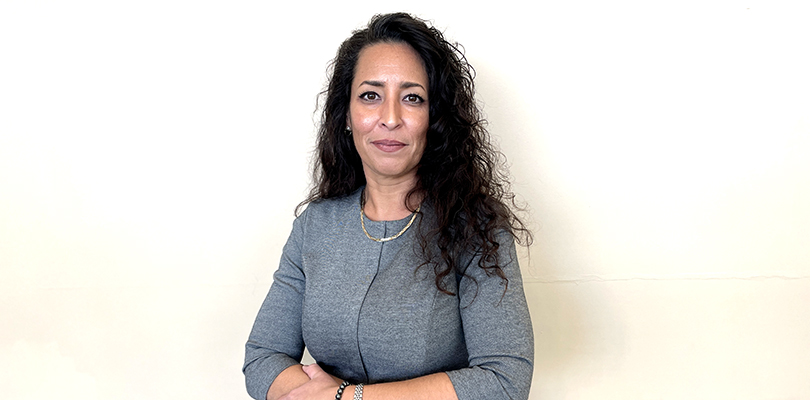“No one ever complains about having too much money in retirement, but they do complain about not having enough,” said Retirement Specialist Jasmine Bauer, who works for Nationwide on the team supporting California Savings Plus, a voluntary retirement program that allows state of California employees to supplement retirement benefits through pre-tax and Roth payroll contributions. It offers a 401(k) and 457(b) that help bridge any gap in what you will need in retirement, and the amount that your pension, savings, and Social Security will replace.
Bauer hosts retirement planning educational sessions for CalPERS members throughout the year. At a recent CalPERS Benefits Education Event (CBEE), she led classes on deferred compensation, or extra retirement income, which is in addition to what you’ll receive through your CalPERS pension, Social Security, and any other savings.
“You can start contributing now and stop as life happens, but your money is going to keep working for you,” she said. “The worst thing you can do for yourself is nothing at all.”
How Do I Get Started?
Even if you start with $50 a month, that’s better than nothing at all. Depending on your employer, CalPERS offers a variety of deferred compensation plans that allow you to supplement your retirement benefits through pre-tax and after-tax options.
The CalPERS 457 Plan, which includes pre-tax and after-tax options, is for participating public agency and school employees. It allows you to defer any amount — subject to annual limits — from your paycheck on a pre-tax basis. Sign up for a CalPERS 457 Plan webinar to learn more and get started.
If you are a state or California State University (CSU) employee, the California Department of Human Resources (CalHR) offers 401(k) and 457 savings plans through Savings Plus with pre-tax and after-tax options.
A financial planner can also help you determine a savings plan to meet your retirement goals.
You can also learn more at an upcoming CBEE. We host these free, informative events throughout the year in various locations statewide. The next in-person event is June 7 and 8 in San Luis Obispo, and registration opens in early May.
Why Start Now?
The saying “Either make your money work for you or you will always have to work for your money” has its place in retirement planning. And the earlier you start making your money work — or grow — for you, the sooner you can generate interest income.
While your CalPERS pension is a lifetime benefit, longevity and inflation could impact your spending power over time. In addition, women tend to live longer than men and should plan for those potential extra years.
Though the average retiree age for CalPERS members is 59, men may live another 21 years and women could live 24 years longer, on average, past age 60, according to the Social Security Administration’s calculations. “Your income will need to increase over time to stay even with the rising cost of goods and services, as well as living longer,” Baur said. “That’s where additional revenue streams come into play.”
But longevity literacy, like financial literacy, tends to be low among U.S. adults, according to a 2023 report from the TIAA Institute and George Washington University.
“Most lack a basic understanding of how long people tend to live in retirement,” the report summary states. “Retirees with strong longevity literacy more typically planned and saved for retirement while still working, and now tend to experience better financial outcomes in retirement.”
What’s the Bottom Line?
Most CalPERS service retirees (60%) receive less than a $3,000 monthly pension. The average monthly Social Security check is $1,514. And that’s gross pay — before tax deductions. In addition, one-third of CalPERS retirees do not receive Social Security, thus reducing their retirement income streams.
Also, many CalPERS members will be impacted by the California Public Employees’ Pension Reform Act (PEPRA), which changed the way that CalPERS retirement and health benefits are applied to new members hired on or after January 1, 2013. PEPRA increased the age you can retire, reduced the benefit factor formulas, and includes a compensation limit.
In essence, PEPRA members need to work longer and save more. But with thoughtful planning, PEPRA members can create a comfortable financial future now.

